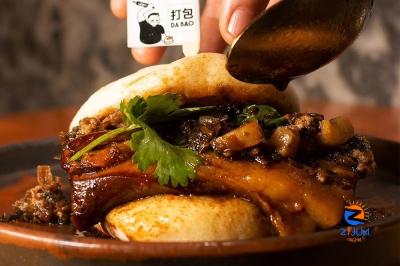
[ad_1]

KUALA LUMPUR, Sept 24 — The freshly steamed bun is split into two gentle folds, barely containing a cornucopia of fillings: tender braised pork, roasted peanuts, preserved mustard greens, bright green coriander leaves and nuggets of crispy pork lard.
One might finish this in a couple of bites, not more than three, then order more. And who could blame you?
This tantalising treat is the OG Pork Bao, the signature dish of Da Bao 打包 in Petaling Street, a shop that specialises in guàbāo or lotus leaf buns with a filling.
Da Bao’s owner and co-founder, Alex Yeo, 35, is no stranger to the F&B industry having first opened A Pie Thing, a café specialising in sweet and savoury pies based in Damansara Utama.
He says, “There were no restaurants in Malaysia that specialised in guàbāo. However, in many other countries like the UK, US, Australia, and Hong Kong, they have many modern bao shops that have been established there for many years. We wanted to be the first specialised bao restaurant in Malaysia which champions the traditional dish with a modern take.”
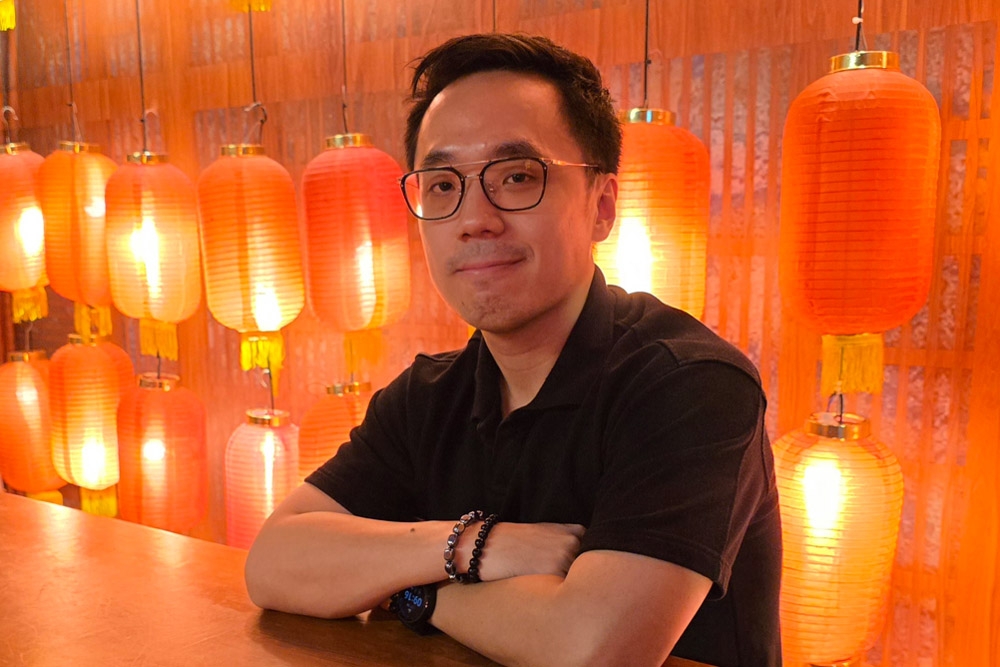
Alex Yeo, owner and co-founder of Da Bao. — Picture courtesy of Da Bao 打包
But why the name Da Bao? Yeo explains, “My co-founders and I wanted a name that is fun, simple, memorable and captures what we are selling. In Malaysia, the word ‘dabao’ usually means to takeaway — which can be literally translated from Chinese as ‘to hit the bao’.
This whimsical wordplay is meant to demonstrate that their approach is both fun for customers as well as their commitment to making baos.
Yeo shares, “Our baos are intentionally sized, relatively large like a burger, to stand out from the traditional baos most Malaysians are accustomed to. Customers can choose between different fillings such as pork, chicken, lamb, seafood or tofu.”
In terms of flavour profile, Da Bao classifies itself as Modern Asian which means incorporating interesting twists such as adding a traditional Xinjiang sauce to the lamb patty or braising the pork belly in Japanese sake for extra flavour.
Their original Pork Bao was based on the traditional Taiwanese street food, the iconic guàbāo that typically features braised pork belly, preserved mustard greens, crushed peanuts and fresh coriander.
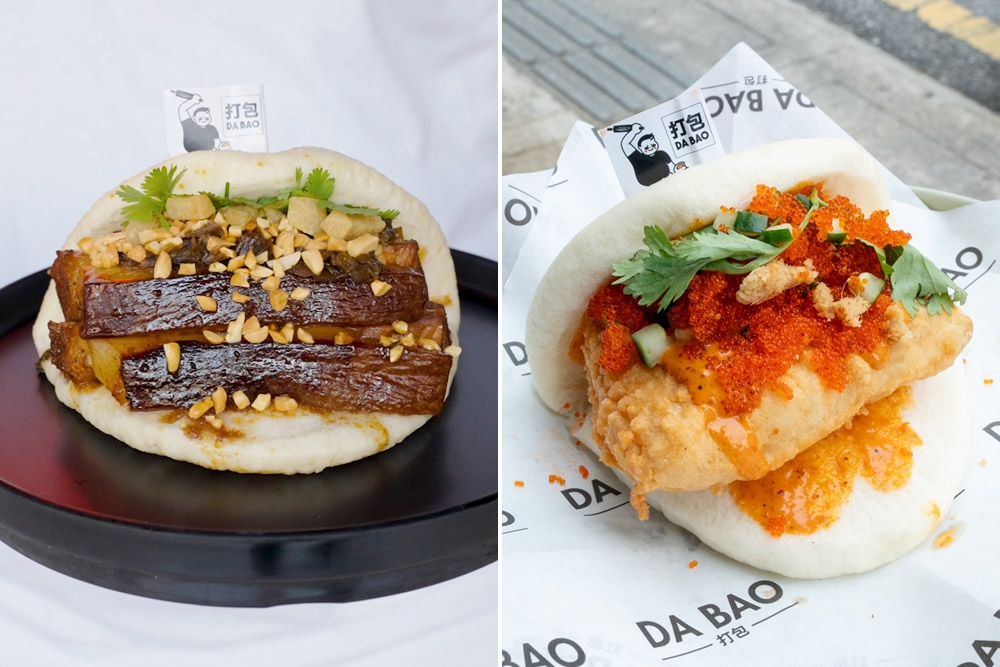
Besides their signature Pork Bao (left), Da Bao’s Fish Bao is also very popular. — Picture courtesy of Da Bao 打包
Yeo adds, “To elevate our Pork Bao to another level, we braised the pork in our special stock broth and added pork lard to the bao.”
Da Bao’s operating philosophy revolves around keeping their menu specialised and simple. Therefore, beyond their signature Pork Bao, it was easy for customers visiting Da Bao to narrow down their choices to other popular options such as their Fish Bao.
This bao is a blend of influences with Japanese style fish tempura, a Sichuan-Mediterranean housemade málà aïoli, grated ginger, kyuri cucumbers and tobiko (flying fish roe).
Yeo explains, “In the beginning, we only had five or six baos on the menu with some sides and drinks. This is to reflect the confidence in the product, and to underline the idea of Da Bao being bao specialists, while helping us ensure every item on the menu is up to par quality-wise.”
This decision also turned out to be a blessing in disguise during the Covid-19 lockdowns, which began not long after Da Bao opened their doors in January 2020.
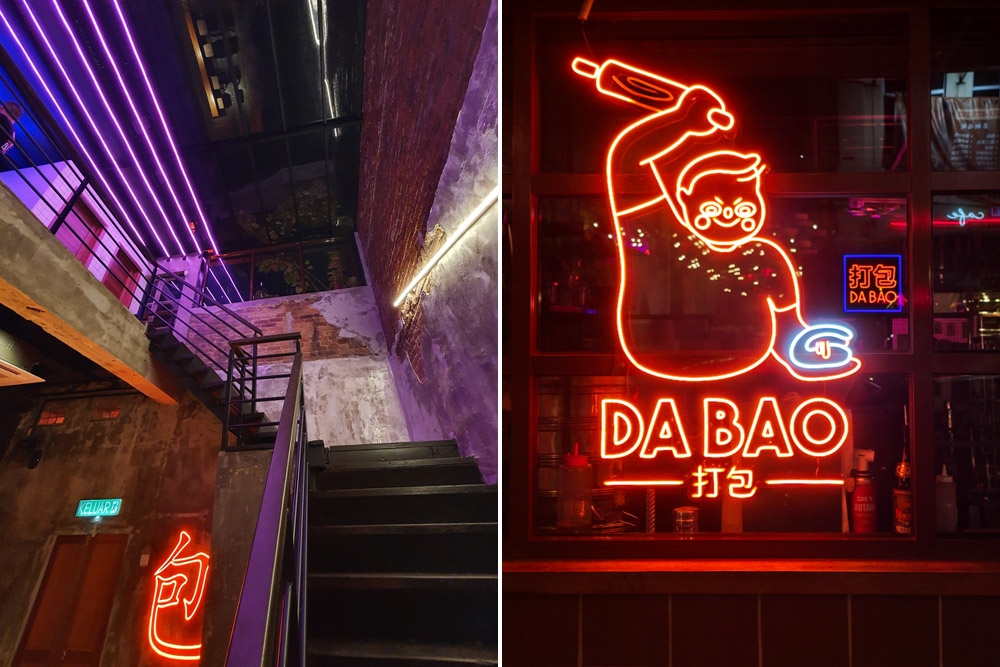
The striking neon-lit interior. — Picture courtesy of Da Bao 打包
Yeo recalls, “It was a big blow to us because we never had the time to build momentum. Our restaurant was forced to close and rely solely on delivery and takeaways when we were so new in the market. Furthermore, our location is primarily a tourist and commercial area which means the entire area was a ghost town during the strictest lockdown periods.”
The latter meant that the interior for the shop had a cool, youthful leaning ambience — from striking neon-lighting to bold and colourful murals. None of these meant anything during the lockdown when there were no dine-in customers.
So how did Yeo and his team adapt?
He shares, “We shifted our direction from 100 per cent dine-ins to 100 per cent deliveries at the start of the lockdown. This means that we had to prioritise things such as packaging over plates or service at the outlet.”
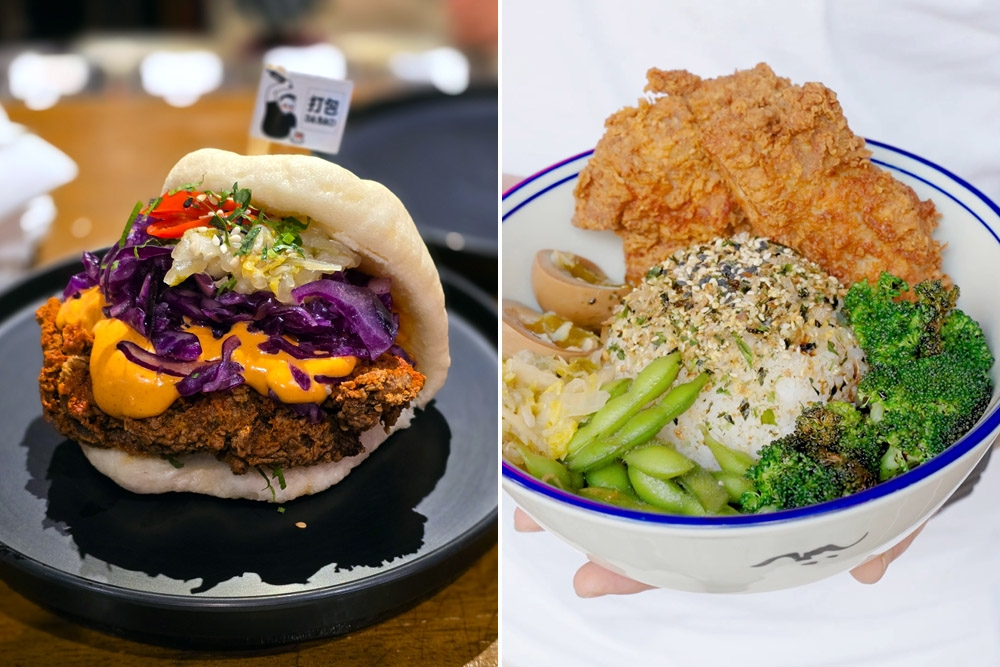
Spicy Chicken Bao (left) and Fried Chicken Rice Bowl (right). — Picture courtesy of Da Bao 打包
They also drew inspiration from existing favourites such as their Spicy Chicken Bao by creating “new items such as rice bowls that would be good for people to take away or get delivered to them.”
Today, years after the worst of the pandemic, some of these dishes remain on the menu, such as the Fried Chicken Rice Bowl (with marinated edamame, sauerkraut, seared broccoli, herbal tea egg and furikake) and Crispy Pork Belly Rice Bowl (served with pickled cucumber, Dijon mustard and housemade sriracha).
Yeo maintains it is a balancing act to continue pushing boundaries while staying true to their roots. He shares, “We are working on introducing seasonal menus of baos and sharing dishes that celebrate flavours, incorporating unique culinary influences depending on the season. It is about keeping our menu fresh and dynamic to our regulars and new customers alike.”
Additionally, Da Bao is also exploring potential partnerships with local artisans and chefs. Yeo explains, “These collaborations will bring fresh perspectives to our dishes, allowing us to offer limited-time creations and pop-up events.”
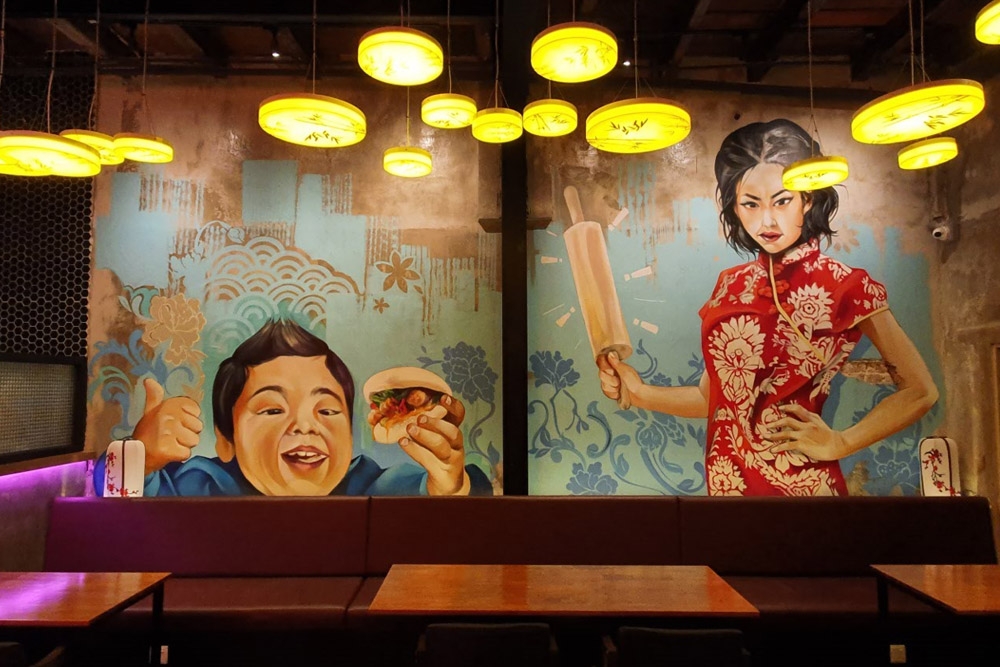
Mural on Da Bao’s feature wall. — Picture courtesy of Da Bao 打包
Ultimately, the guàbāo concept is merely a starting point as Yeo puts it: “We want Da Bao to continue being a space where tradition meets innovation, and where our community can come together to enjoy not only great food but also great experiences.
Da Bao 打包
145, Jalan Petaling, KL
Open Sun-Thu 11:30am-11pm; Fri-Sat 11:30am-12am
Phone: 012-602 2680
[ad_2]